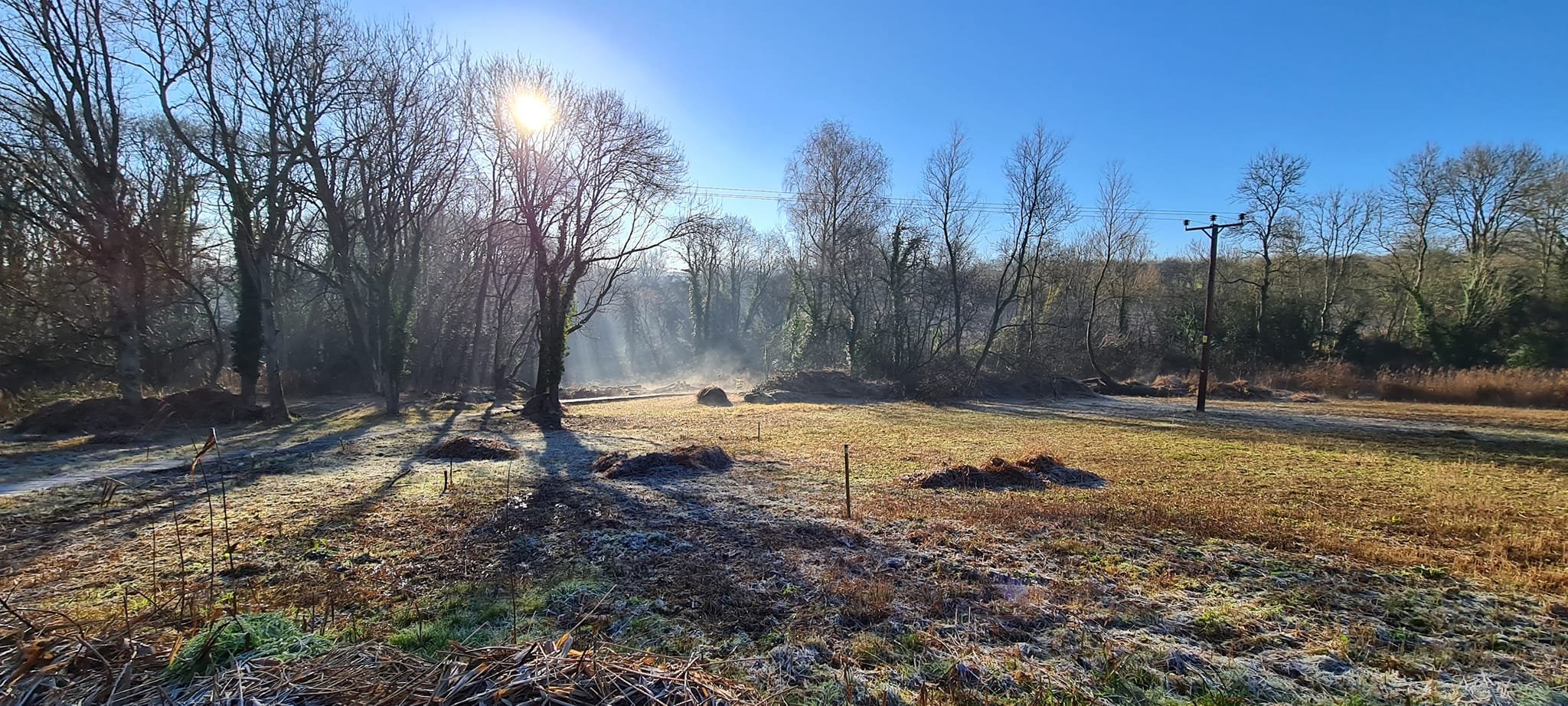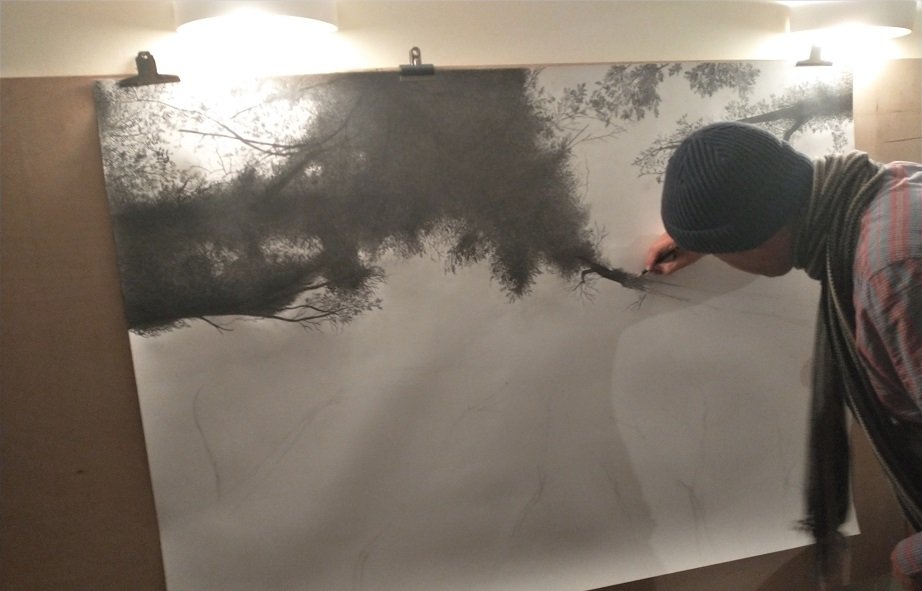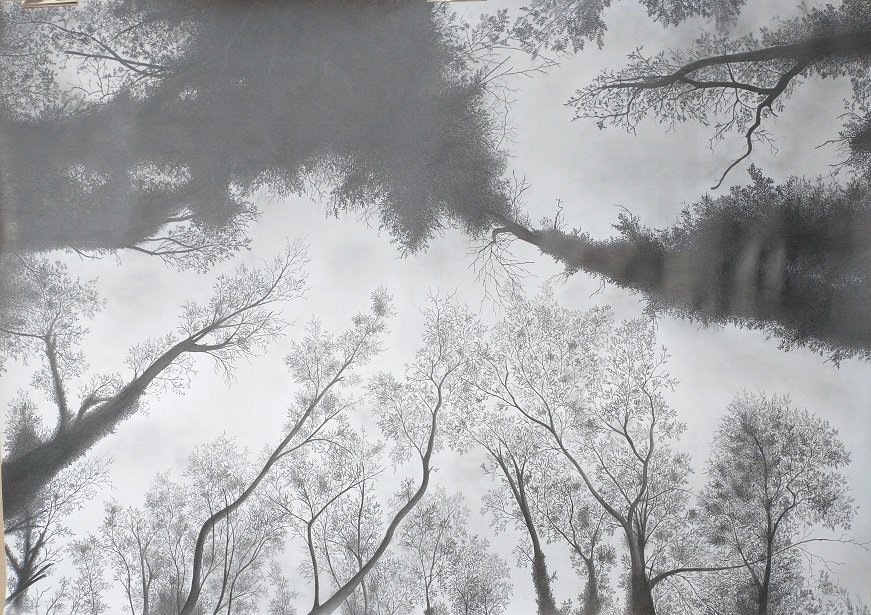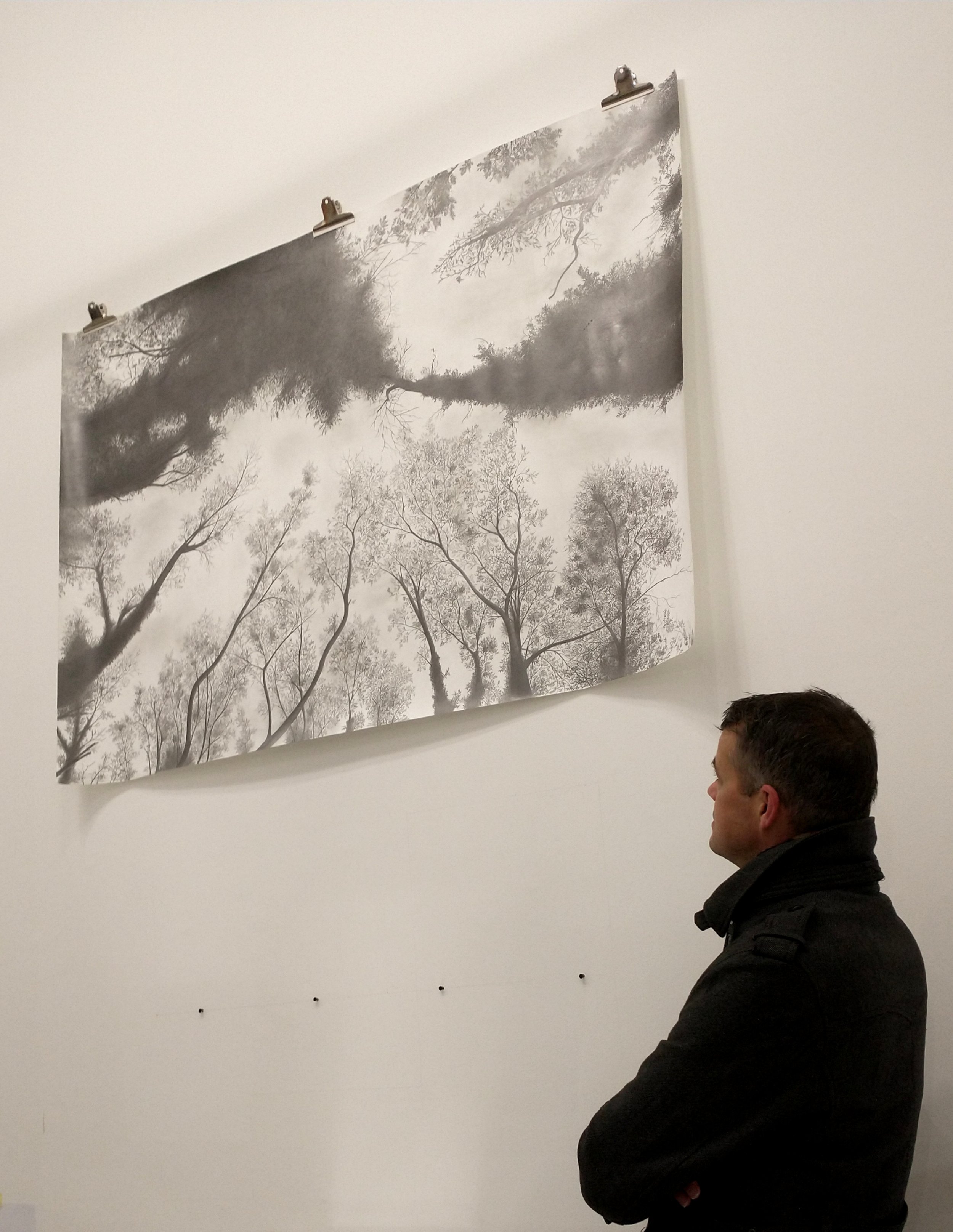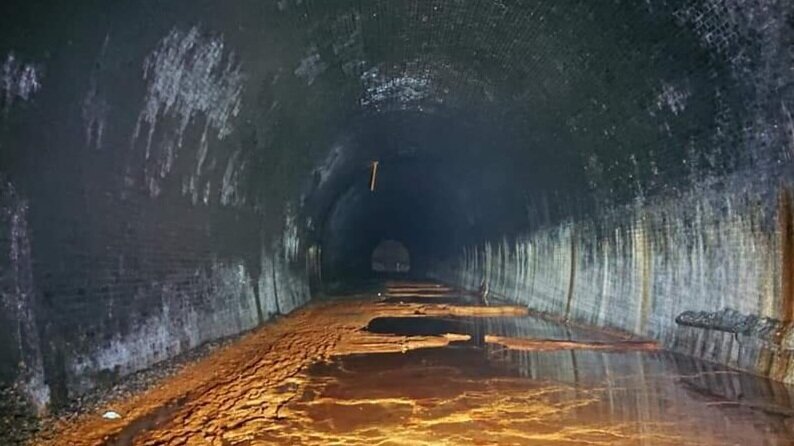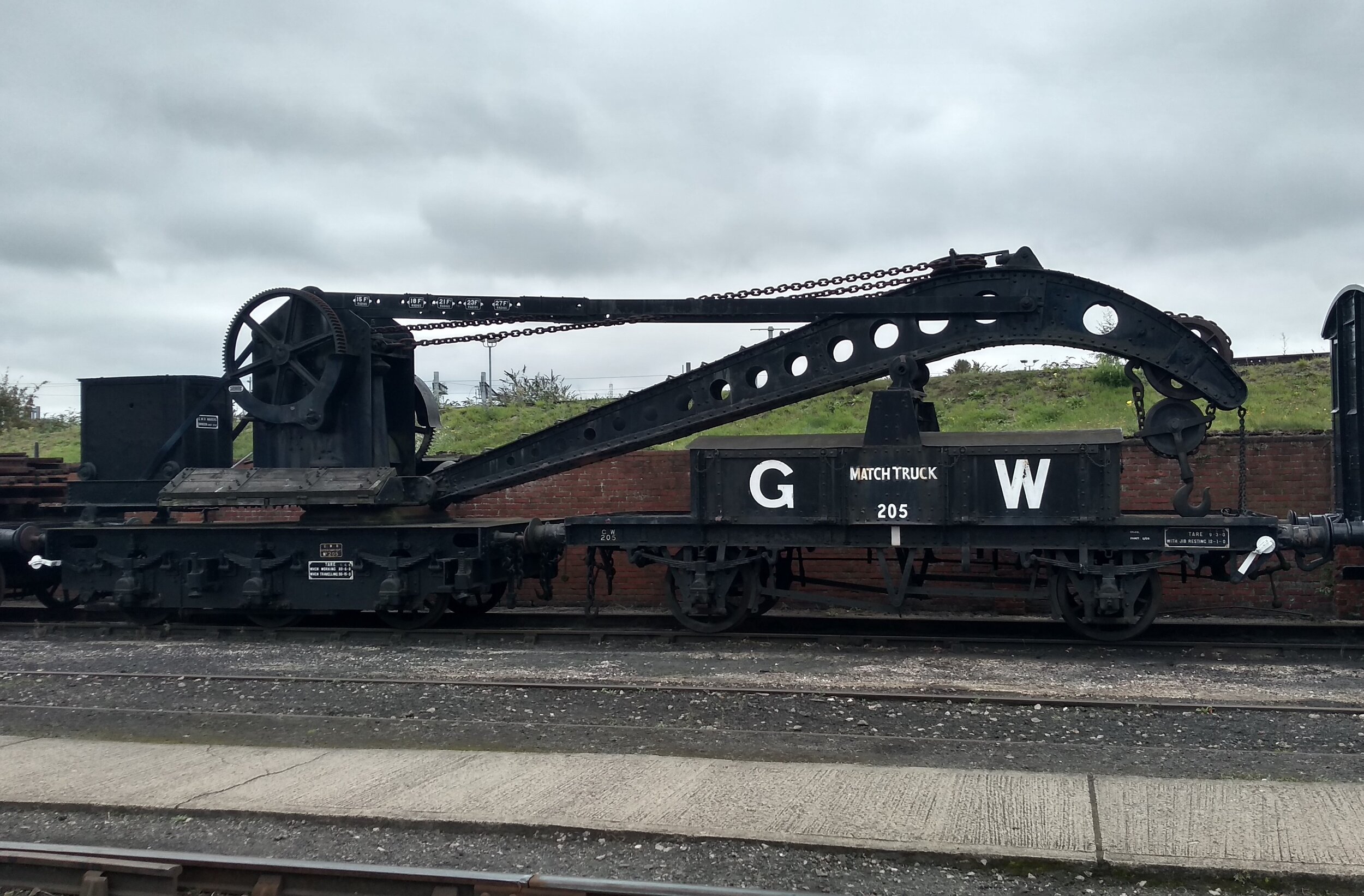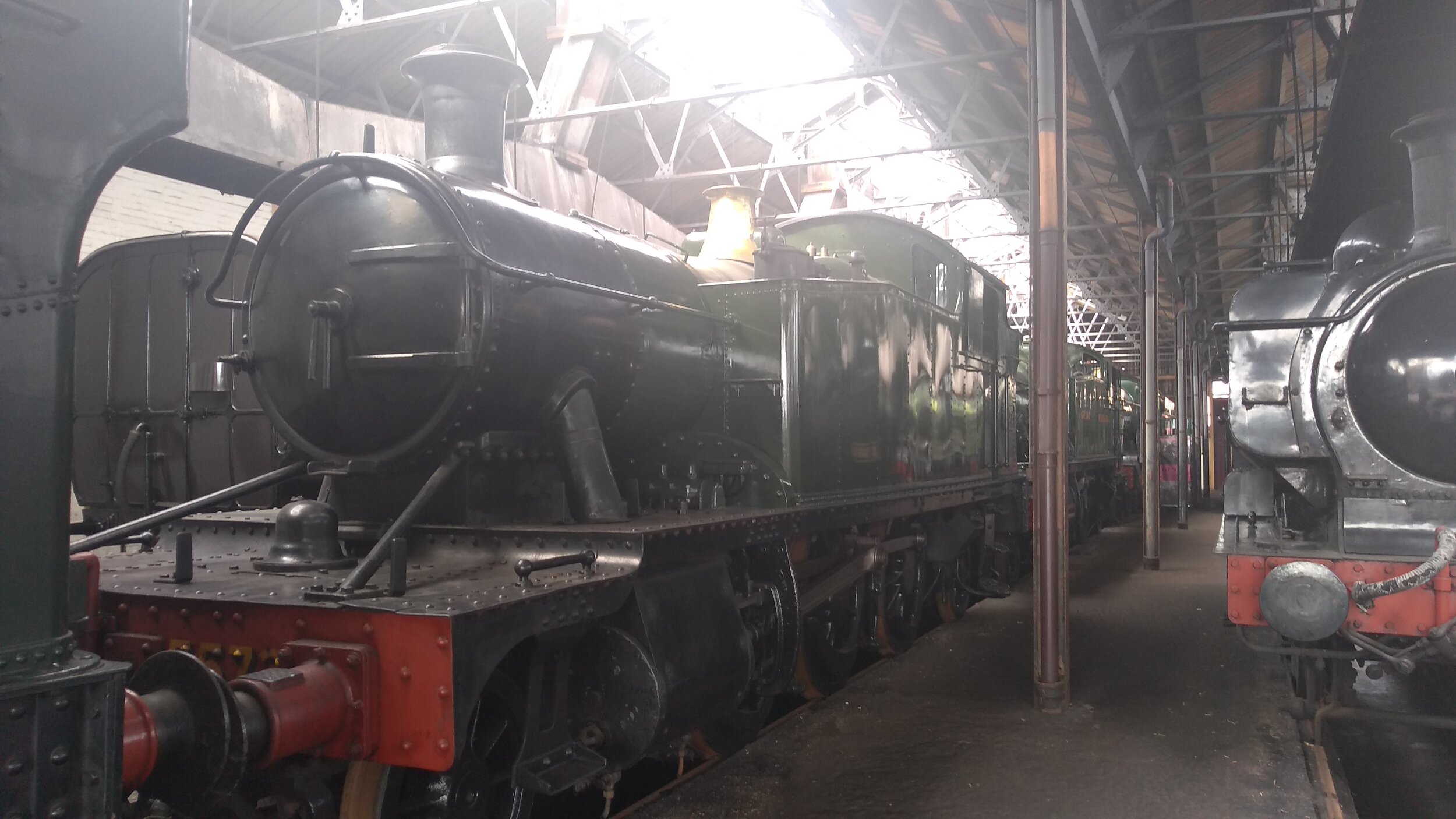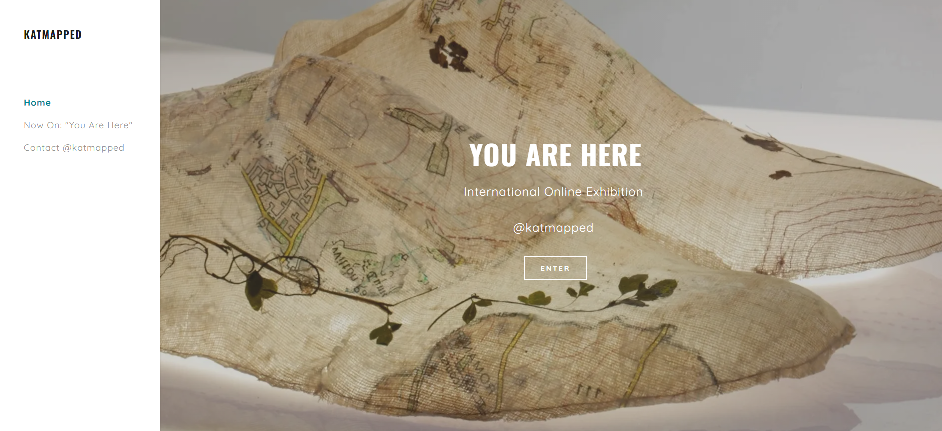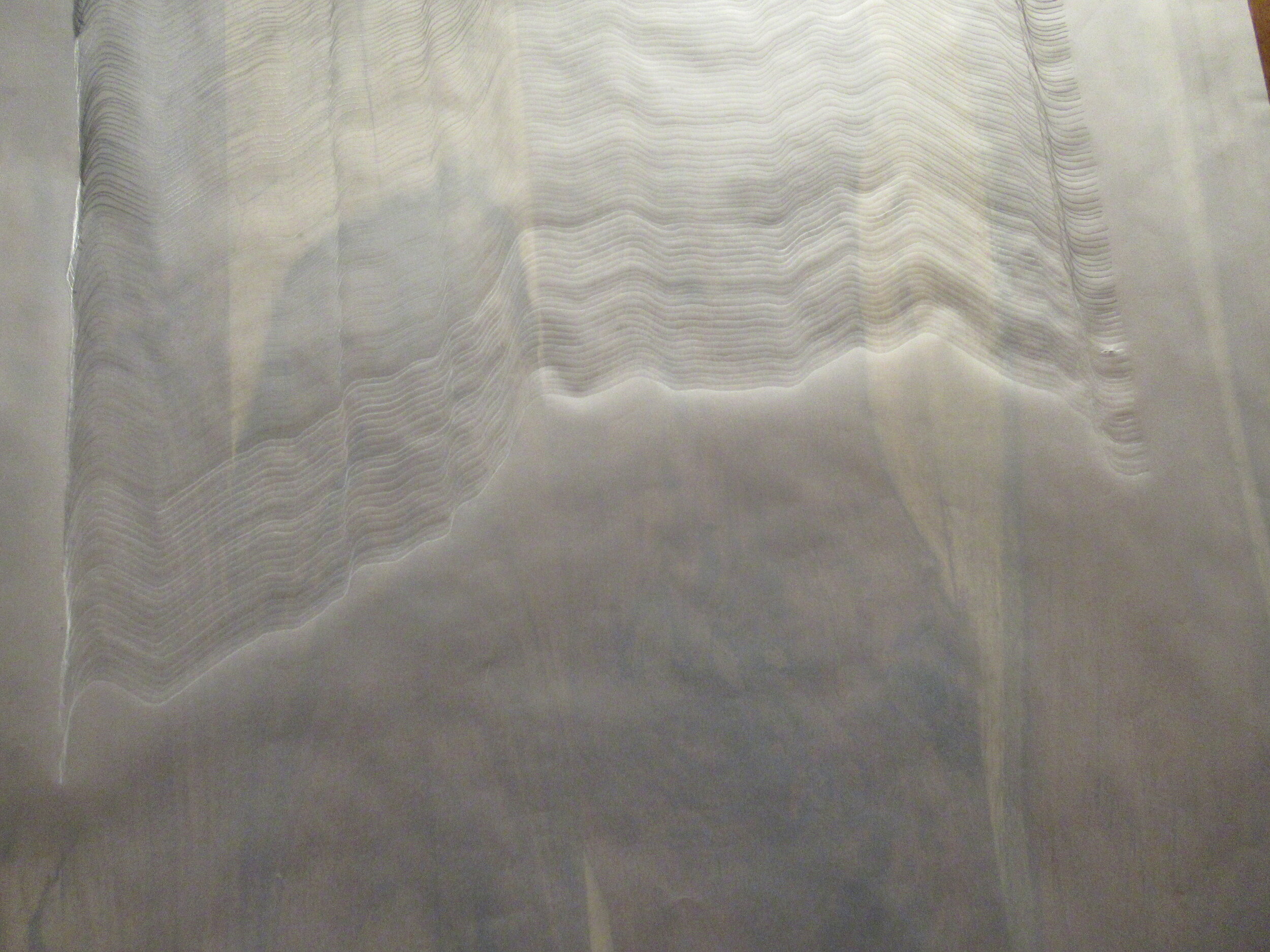Picking up from my previous blog post, “Catching up with myself”, I found myself, in November 2024, reflecting on a very busy period of exhibitions, project management and a burning need to re-engage with my own art practice. In particular I was feeling a very strong urge to return to drawing, which I have always considered the well-spring and foundation of my practice. To be honest I was tired and jaded, and that familiar winter urge to hunker down and rest was strongly upon me.
It’s not easy to say precisely when, how or why ideas arise. But I can at least say that this idea had something to with the random purchase of a concertina sketchbook and my hankering to do a big project over the winter of 2024/2025. In previous years I have worked on single, large pieces over the dark weeks of November and December, but this time I felt that I wanted to do something a little different.
At that time I had been working hard over several months with my fellow Hinksey Heights Nature Trail volunteers on the continuing construction of a long section of raised boardwalk. In 2023 and 2024 we built well over 600 metres of continuous boardwalk and were nearing the end of the present phase. Twice a week, regular as clockwork, a team of us have been turning out to build around 10 metres of boardwalk per session - occasionally more - following a tried and tested method that we all know intimately and thoroughly.
Working on the Trail is as much of an inspiration to my work as an artist as the place itself. I found myself wondering if I could capture and express the nature and extent of the work we had put into the construction of a such a large amount of boardwalk. My initial thought was to focus on the new section of boardwalk that we had been working so hard to complete (and which we ultimately did in January 2025).
Often, my ideas tend to germinate over a period of time before I embark upon them. The idea of a drawn walk came to me at some point in that process; something that would also act as a diary, or an archive of our work as it stands in the current time; an amalgamation of many encounters, visits and walks that accumulate into something bigger. I had found my “big project” for the winter, but this time comprised of a large number of amassed mini-projects. But it was immediately clear that it would take far longer to complete than one season. And then it occurred to me that this process would enable me to capture the passing of the seasons as my imagined, cumulative walk grew.
That was the point when I knew I was finally ready to get to work.
I have talked previously about titles, which I find a useful (and very enjoyable) way of nailing down meaning or intent, and sometimes of connecting my work into a larger network of meaning. (It is a rare and highly original artist who works in a total vacuum; certainly, this one doesn’t.) Acutely aware that the passing of a long timespan would be embedded in this new project, my initial working title was “Time Well Spent” - which I felt neatly applied both to the project itself and to its subject, namely my now five-year involvement with the Hinksey Trail volunteers. I frequently find such correlations between the practice of my art and the things I am doing on the Hinksey Trail.
In previous work I have frequently drawn upon literature and music, including with regard to titles. At just the right moment, I was reading a wonderful book called “52 Ways To Walk”, by Annabel Streets, which must surely have been more useful food for thought in my planning. However, I was also aware of the poet William Wordsworth, for whom walking was indispensable to his thinking process, and indeed his way of life. (It has been estimated, goodness knows how, that he walked up to 250,000 steps a day.) For Wordsworth, working while walking was as natural to him as working while sat at a desk is natural to others. There was a direct and important relationship between creativity and walking for Wordsworth and so, with this in mind, I was delighted to come across a reference to how this works for him in his epic autobiographical poem “The Prelude”. It became the title of this piece, and is on the opening title page of the first volume of the sketchbook:
What a resonant and thought-provoking passage that is, suggesting without really pinning down the rich inter-relationship that Wordsworth finds between walking, thinking and creativity. His inspiration comes from being active and observant in nature, rather than sitting at a desk, and I think this is something that I can directly relate to. This felt like the perfect hook to hang the idea of this mammoth drawing project upon. It would be my equivalent of Wordsworth’s lengthy and regular walks. In Classical times, inspiration was characterised as a muse, a spirit - entirely external to the creator - who comes to the waiting poet or artist when they are receptive and blessed. This is an entirely passive, even submissive way to get one’s ideas, it seems to me. That’s not what I recognise. Ideas more frequently come to me when I am working and walking on the Trail with my colleagues, week in week out over many years, as if physical activity and observation drive my imagination; just as they do for Wordsworth. Picasso put it in more direct terms: “Inspiration has to find you working”, he said.
That idea of regularity and discipline is also fundamental to this project, of course, and for obvious reasons. By the time I was several pages into the project I was rapidly revising my view of how long the whole thing would take and how many drawings I was challenging myself to complete. Right now, I expect to produce some 120 or so drawings (I use UniPin fine liners, in various nib sizes right down to 0.03cm, and sometimes a fountain pen), taking me somewhere between 14 and 16 months to complete. My project has become “never-ending”, you might say. On that basis I expect to finish in early 2026.
What it will become, I very much hope, is a record of months of hard work that I have put in with my fellow Trail volunteers, week in week out, turning up all once (or often twice) a week, putting in the hours and the effort. Every week we work hard in a given location along the Trail, building 10 or more metres of brand new boardwalk per session throughout the year, through the changing seasons and the variable weather. I hope it will be as valuable record of the transformation we have made together for them as it is for me.
There is more to say about this project: something about time, about representation and realism, about detail and atmosphere. But that is for another blog entry. I shall conclude with a photo of the happy occasion when I showed the first volume of “A Never-Ending Way” to my friends the Hinksey Heights Trail volunteers, to whom Volume 1 is dedicated with admiration and affection. There will come a time when it is their hard work, rather than the results of it as shown here, that will form the basis of my work.
Stop Press: At the time of writing this blog entry, I hear the wonderful news that Volume 1 of “A Never-Ending Way” has been selected for the 2025 Drawing Paper Show, a biennial festival of drawing in Liverpool. This is the second time I have been lucky enough to be selected for this prestigious international drawing open call, and I can’t wait to take my drawings back to Liverpool to be in the company of so many amazing and inspiring fellow drawing artists.










